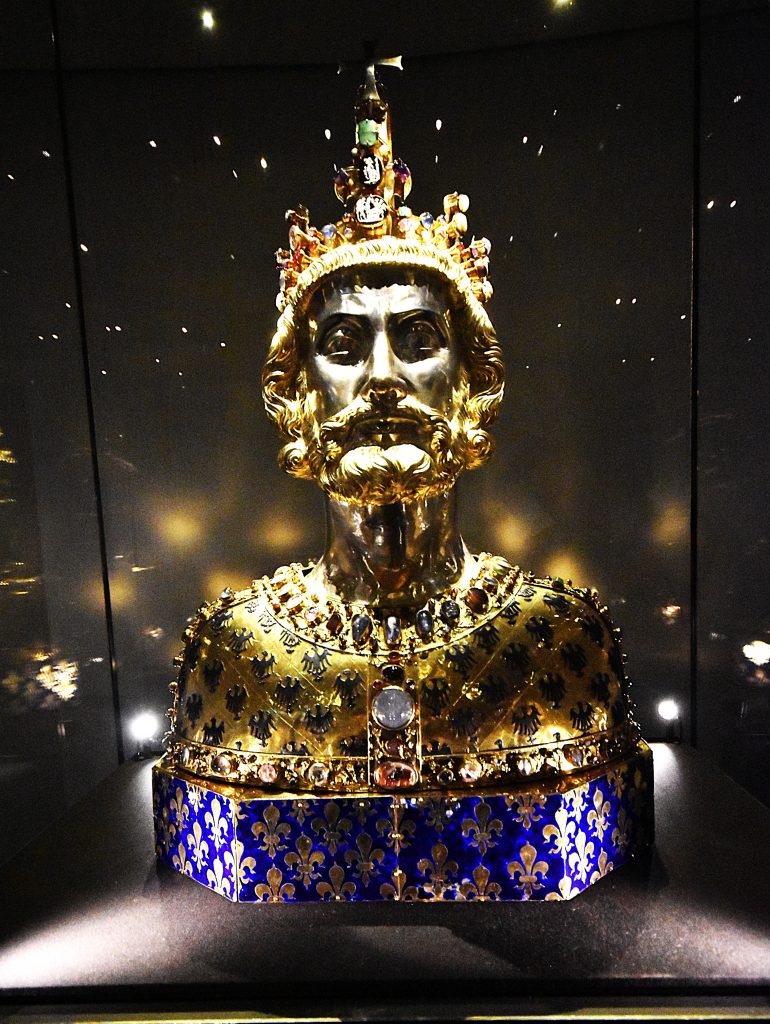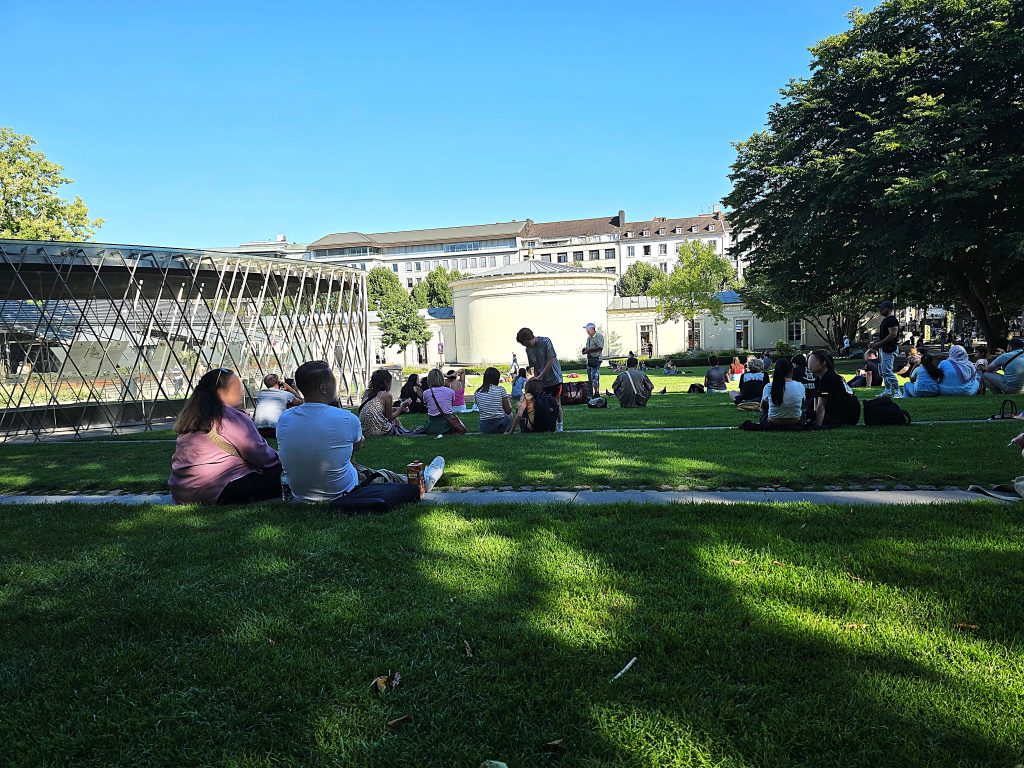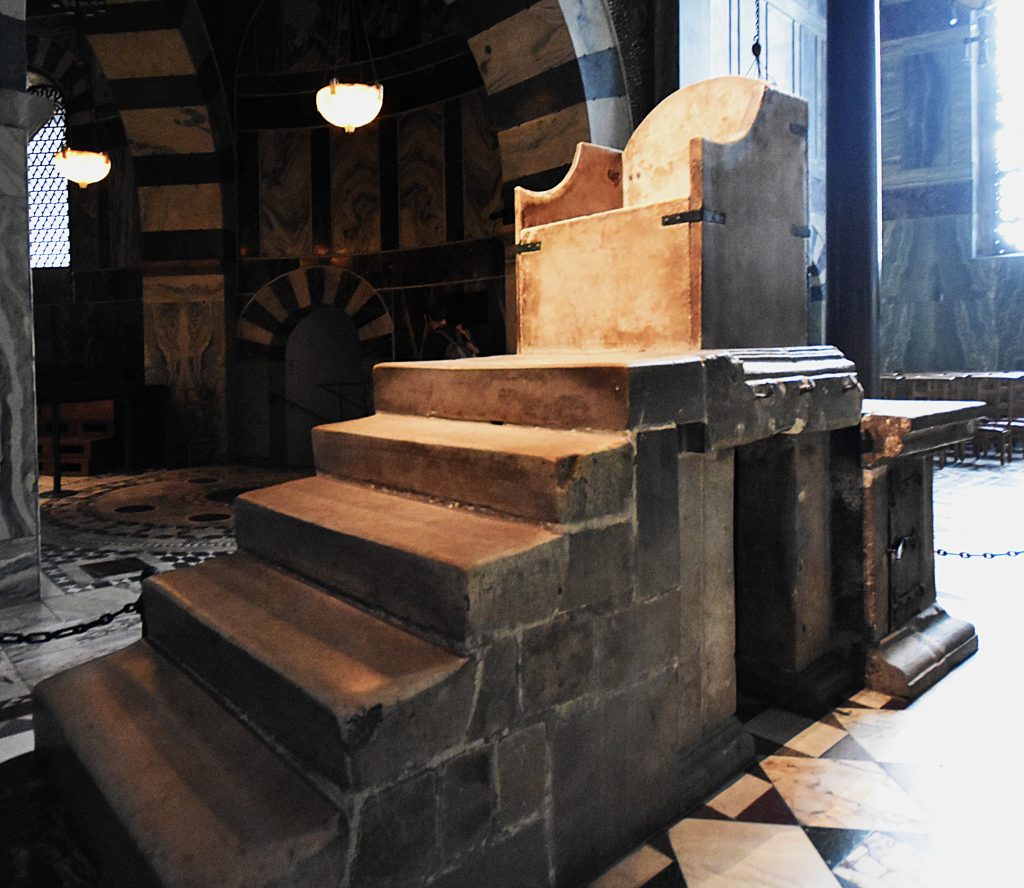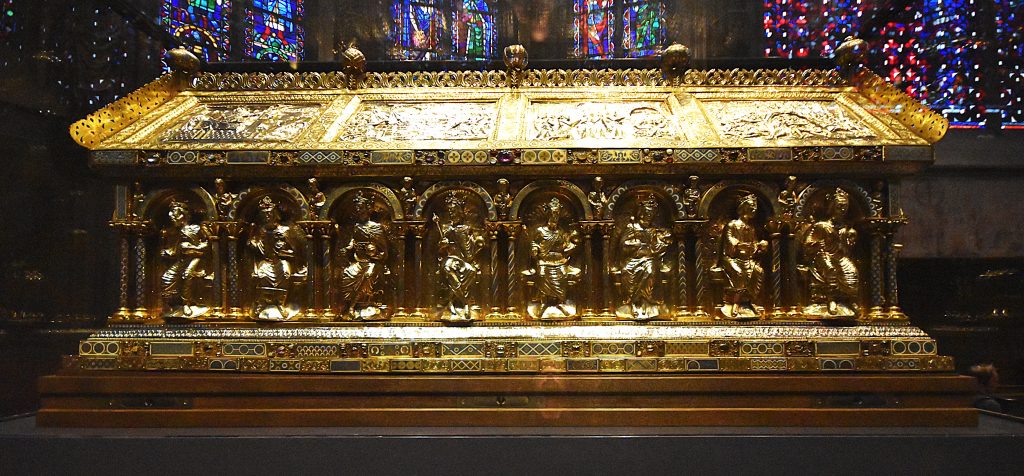
Aachen is a beautiful city—a balanced mix of well-preserved architecture, a diverse population, and fascinating medieval history.
The most outstanding building in Aachen is the Cathedral, built by Charlemagne, King of the Franks from 768 to 814. The cathedral, which survived World War II thanks to a dedicated group of very young firefighters, stands as a symbol of Charlemagne’s reign.
Charlemagne conquered large parts of Central Europe and—for the first time since the fall of the Roman Empire in 476—reestablished stable rule across much of the continent. But his achievements were not limited to warfare and expansion. He also implemented a relatively consistent legal system and administration, promoted education, and introduced a standardized script throughout his realm.
His domain remained a kingdom until the year 800, when Charlemagne was crowned emperor by the Pope in Rome. In doing so, he claimed succession from the Roman emperors and their empire.
This idea of imperial succession, combined with the close relationship between emperor and pope, laid the groundwork for what would later become the German Empire—and the political concept of the German nation itself. By uniting many European tribes under Frankish rule, Charlemagne also contributed to what is now seen as an early vision of a unified Europe. For this reason, he is often referred to today as “the Father of Europe.”
However, Charlemagne’s legacy is not without its darker sides. He should not be judged solely by today’s moral standards, but his actions were sometimes brutal. When it served his interests, he forced “pagan” Saxons to convert to Christianity. And when they returned to their old beliefs, he responded with violence. In Verden, in October 782, under his command, 4,500 Saxons were massacred—an act that today would be considered mass murder.
Aachen became Charlemagne’s favorite residence, partly due to the hot thermal springs on which he built his cathedral. There, the throne he had constructed for future coronations became the place where kings were crowned for the next 800 years. The throne itself may be less visually impressive than expected, but knowing how many rulers were crowned there—and its historical significance—gave me goosebumps. Charlemagne is also buried in the cathedral, in a golden shrine, see pictures below.
On a personal note: I believe Charlemagne was the most successful and perhaps the most intelligent ruler of his time, especially for his efforts in advancing education. But his empire did not last. After his death, his sons were unable to maintain it. That’s why I think some of the titles he holds today—like “Father of Europe”—are at least partly a modern invention. And even though, in this case, the invention serves a noble cause — the idea of, hopefully one day, a United States of Europe — it still seems to me that this is one of the great dangers of our time: history being invented to serve the political interests of the present.
Anyway: Visit Aachen. It’s a welcoming and beautiful city, full of history.
Liked this post? Email me to say hi and I’ll sign you up for more articles like this: send mail



Very interesting! Loved the article. Adding to my list ! ❤️